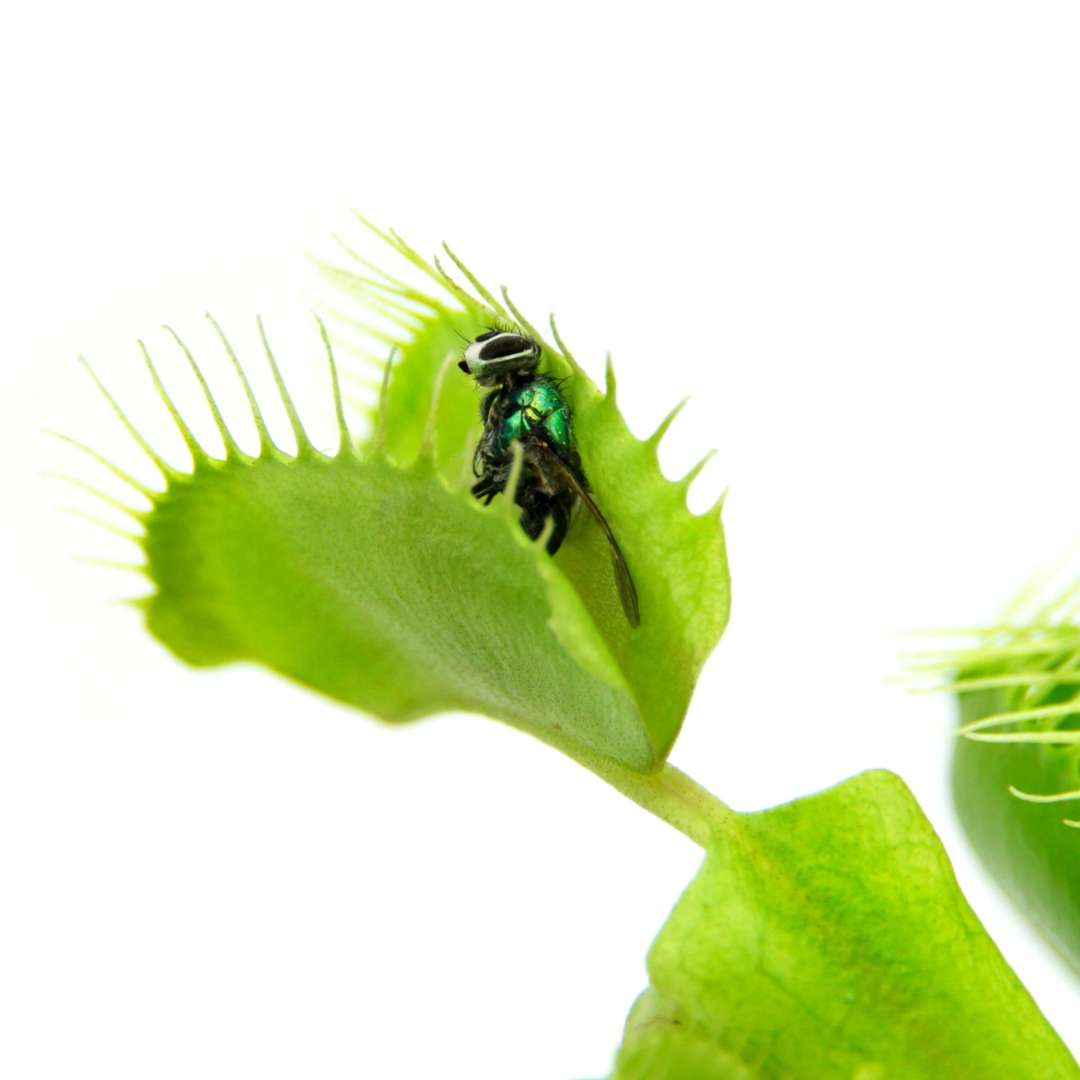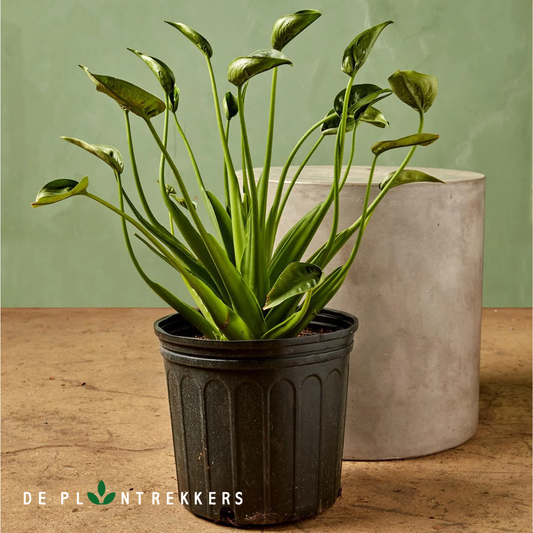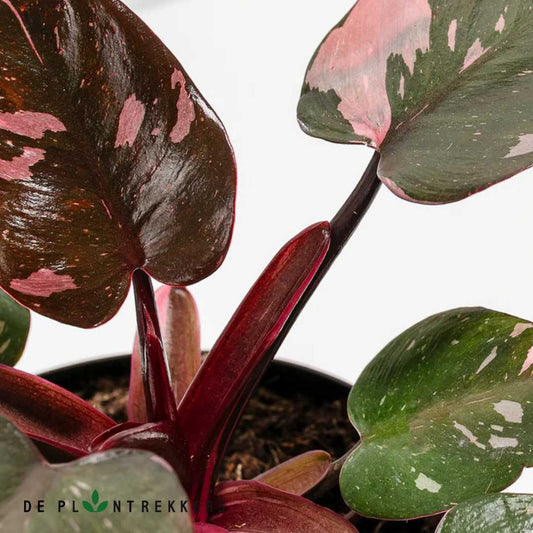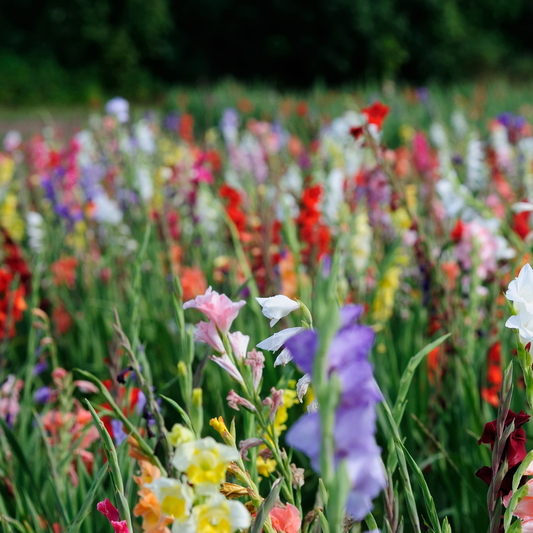
Do carnivorous plants eat flies?
Share
Carnivorous plants are plants that have adapted to their environment by developing the ability to catch and eat insects and other small animals to supplement their nutrient intake. These plants typically grow in nutrient-poor environments, such as swamps and marshes, where they have developed unique strategies to catch and digest their prey.
Do carnivorous plants eat flies?
Yes, carnivorous plants eat flies, among other insects. Depending on the type of carnivorous plant, the methods used to capture and digest prey can vary greatly. For example, Venus flytraps have modified leaves that act as traps, while pitcher plants have deep, slippery sides that make it difficult for insects to escape once they land.
How do carnivorous plants digest their prey?
Once an insect has been captured, carnivorous plants use a variety of methods to digest their prey. Some plants, such as Venus flytraps (Dionaea muscipula), secrete digestive enzymes from the surface of their leaves, while others, such as Sarracenia, have a mixture of digestive enzymes and bacteria in their traps that gradually break down the insects.
How often do carnivorous plants need to eat?
The frequency with which carnivorous plants need to eat can vary greatly depending on the species and growing conditions. Some plants only need a few insects per year, while others need to feed more often to survive.
Can you feed carnivorous plants other things than flies?
In general, it is recommended to feed carnivorous plants only live insects, as they are not equipped to digest other types of food. Overfeeding can also be harmful to the plants, as it can upset the delicate balance of their digestive system.
Fan of carnivorous plants? Then come visit our shop at Bondgenotenlaan 90 in Leuven.




